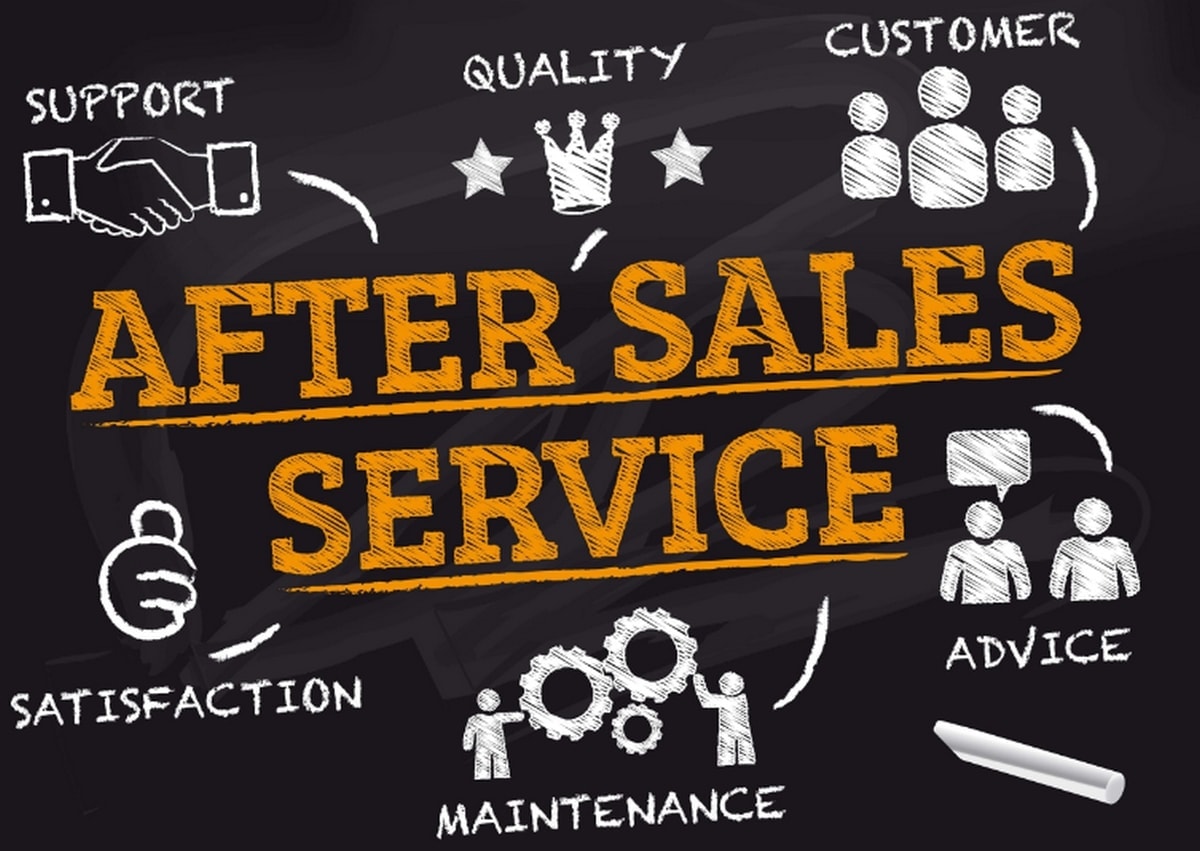Back to: COMMERCE SS1
Welcome to class!
In today’s class, we will be talking about modern trends in retailing. Enjoy the class!
Modern Trends in Retailing

CONTENT
- Self –Service
- Branding
- After-sales services
- Vending machines/Automatic Vending
Self-service:
This is a method that allows customers to do their shopping in a shop with little or no assistance from sales attendants. The goods are conspicuously displayed and arranged on the shelves of shops with price tags. The customers go about in the shop, examines the good displayed, compares them, tries them on, where necessary, select those of his choice and gathers them in a basket or tray made available in the shop, The customer finally approaches the check out counter where he pays for the goods bought to the cashier, This arrangement saves time because it avoids bargaining. Self –Service is associated with large scale retailer who has enough space and the necessary equipment e.g. supermarket, departmental stores, hypermarkets etc
Features or characteristics of self-service
- Few shop attendants are required
- Goods are displayed with price tags
- use of trolleys and baskets is common
- Customers move around to select their choice of goods
- Large space is required
- Security men or close – circuit cameras are employed to fore-stall pilfering
- Goods are paid for at the check out counter
- Goods are pre-packed and neatly labelled.
Advantages of self-service
- Customers have the freedom to select their choice of goods
- Purchasing is quick and fast
- Labour cost is reduced as there is no need to employ many sales attendants
- It encourages impulse buying which increases sales
- The spacious environment enhances the convenience of customers
- The benefits of loss- leaders to both sellers and buyers can be maximized.
Disadvantages of self-service
- Shop-lifting or pilfering is rampant
- The more rapid deterioration of goods due to constant handling by customers
- The high cost of checking shoplift or pilfering e.g cost of close circuit camera, store detectives can increase the cost of operation.
- Expensive facilities are needed e.g. larger floor space, trolley, baskets
- Less personal attention is given to customers
- It is not suitable for all types of goods
- Self-service reduces employment opportunities for shop/store assistants
- prices are not negotiable
- Goods selected and paid for are not returnable
- Setting it up is capital intensive.
Branding:
This is a general term covering names, design, marks, symbols or description which may be used by a producer to distinguish his goods from that of other organization. Branded goods are, therefore, goods sold under a refrigerated trademark or trade name to distinguish one manufacture products from similar products of other manufacturers. Examples of brand or trade names are Elephant, Omo, Ariel for detergents: Pepsodent, Close up, Colgate, MacLean for toothpaste etc.

Advantages of branding
- It ensures high-quality goods
- It saves the cost of advertising
- The consumer can select without any problem
- Goods are standardized i.e. uniformly packed
- It prevents product adulteration and imitation
- branding aids inspection and ordering of goods by an appropriate description
- It encourages self-service
- Recommended prices by the manufacturers can be shown in the advertisement so that consumers are not cheated by retailers.
Disadvantages of branding
- Highly advertising cost
- Branding can create impulsive buying on the part of the customers
- The necessity to stock many brands of the products if the retailer is to please all his customers
- Price cutting wars may be unhealthy for smaller firms.
Evaluation
- What is self-service?
- Give four reasons for the introduction of self-service
- State five features of self-service
After-sales service:
These are extra services which retailers render to their customers after purchasing their products in order to ensure constant patronage. The after-sales services are usually extended to the buyer of a commodity free of charge. The extra services may be free delivery, free advice as to how the product concerned is used or operated free repairs, free fixing or installation of the article, replacement, maintenance etc. it may also be in form of a guarantee or warranty. It is used mainly for technical goods.
Factors determining the level of after-sales services to be provided
Whether or not after-sales services will be provided, and to what extent will depend on the following factors:
- Type of goods involved e.g. electrical appliances and drugs require the explanation of how they are to be sued.
- The cost of the goods: expensive Goods are necessary backed up with a guarantee
- The practice of competitors: Where the selling of a particular article is very competitive, free deliveries could be offered to maintain customers.
- Cost of rendering the after-sales services: If the sellers’ profit margins are not much affected them after-sales services are offered.
- Legal requirements: some consumer protection laws require the seller to grant a guarantee to the buyer.
Advantages of after-sales services
- The increased volume of sales
- Customers enjoy better personal attention from sellers
- Customers develop greater confidence in the article bought when given a guarantee.
- The quality of goods is assured.
- Sellers goodwill and reputation is greatly improved
- The manufacturer can easily keep his technical details secret
- It enhances the usefulness of a product
Disadvantages of after-sales services
- A higher price may be charged for the extra services i.e. the cost of such services are often included in the price of the goods.
- Customers may be wrongly advised
- Customer’s choice in maintenance is often limited.
Automatic vending/vending machines:
This involved the sale of goods to customers through coin-operated (or card-operated) machined. The buyer drops the correct amount of coin or inserts a magnetic card into the appropriate slot or hole in the machine and get the product required. The machines are located in areas where a large number of people converge e.g. offices, schools, sports arena, cinema, churches, etc, the products sold through automatic vending are typically small and branded. E.g. candles, soft drink, ice cream, coffee, and tea, cigarette, snacks, postage, telephone service, automated tellers – that dispenses cash etc.

Advantages of automatic vending
- Available for twenty-four hours daily and every day of the week
- Availability of a wide range of goods
- The machine saves a lot of time
- It saves labour cost. It makes little use of human labour and is therefore very useful for sales points where the volume of sales is low
- Standard price is charged. i.e. there is uniformity in the price for the same quantity of goods
- It is good for emergency e.g. automatic teller machines
- Recording after slotting of money or cards makes for accountability
- It ensures self-service
- It economizes the use of space
- Pilfering is avoided.
Disadvantages of automatic vending
- Cost of purchasing the machine is high
- Customers can usually obtain only one item from a machine
- It may be vulnerable to pilferage
- It attracts additional maintenance cost.
- Prices of goods are high as a result of the expensive machine used
- Limitation to the wroth of goods to be bought where the machine accepts only coin
- The buyer must hold the actual amount because there is no provision for balance or change
- It offers-limited range of items
- Faults in the machine may not be easily detected
- A lot of money is spent on providing security
Evaluation
1. Explain the following and give three benefits of each
- After-sales service
- Vending machine
2. Give examples of after-sales services.
General evaluation
- Give five reasons why retail shops adopt self-service
- Explain six facilities that a retail shop should have to encourage self-service
- Explain five types of large scale retailing
- State five advantages of after-sales services
- List seven disadvantages of automatic vending
Reading assignment
- Comprehensive Commerce for SSS by J.U Anyale pg 87-89
- Essentials Commerce for SSS by O.A Longe pg 30-32.
Theory
- State four advantages of automatic vending
- List two disadvantages of after-sales service
In our next class, we will be talking about Wholesale Trade. We hope you enjoyed the class.
Should you have any further question, feel free to ask in the comment section below and trust us to respond as soon as possible.

